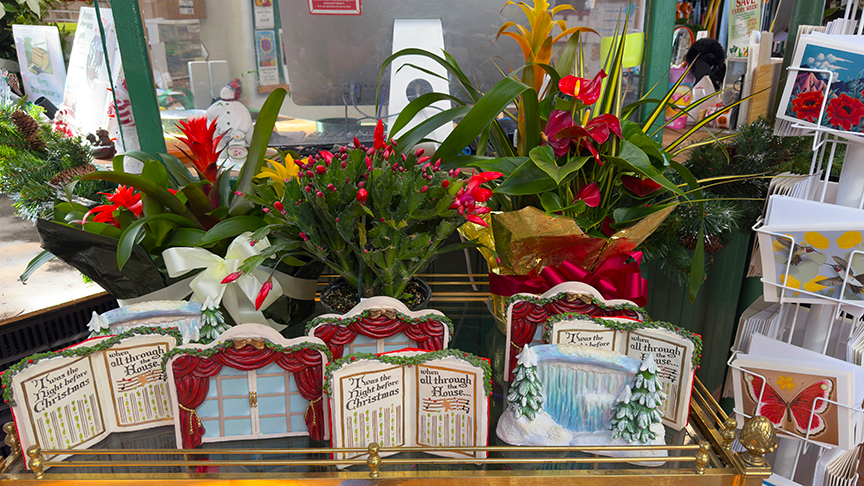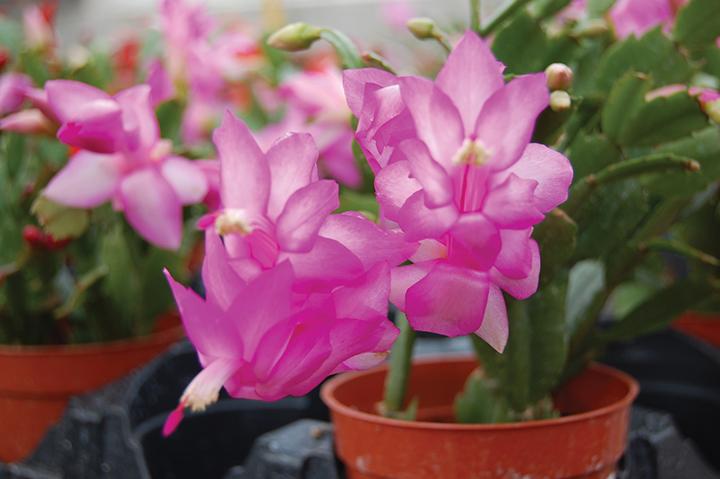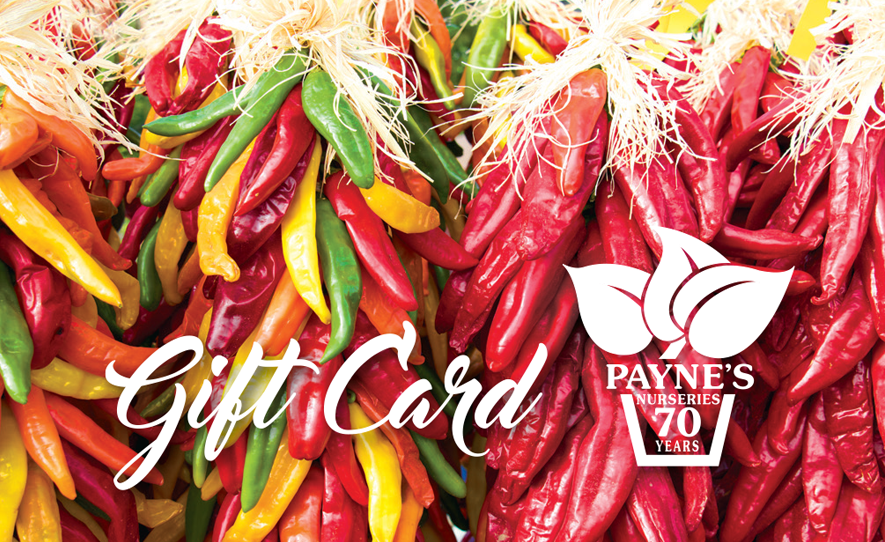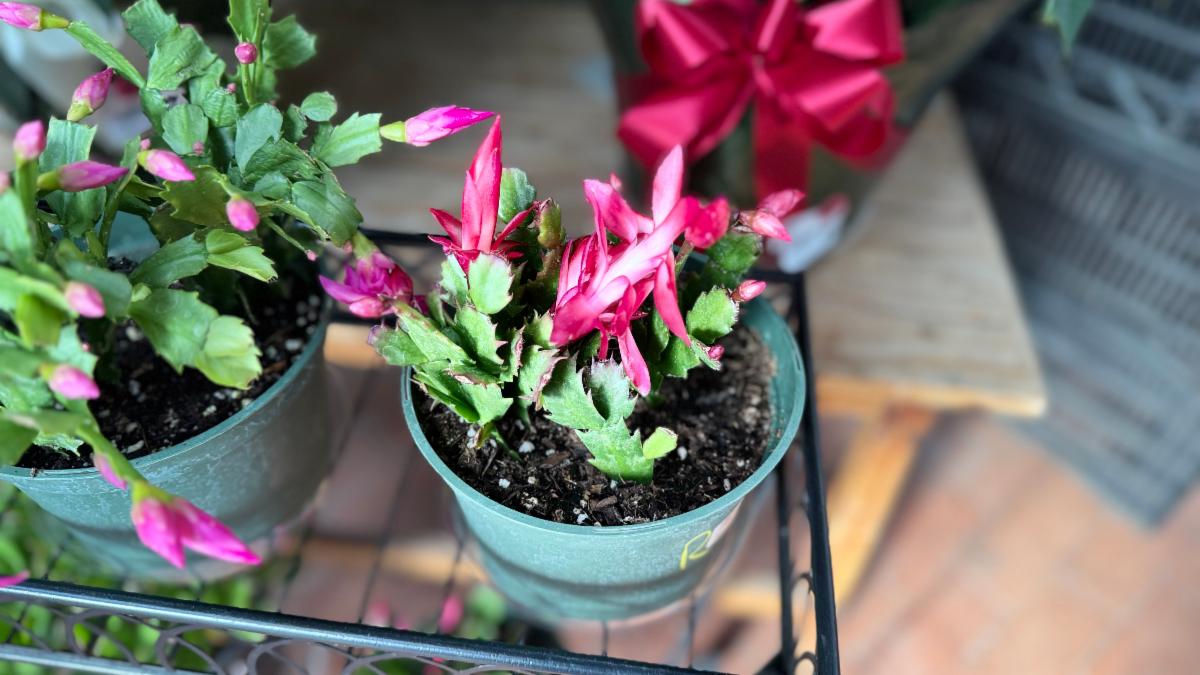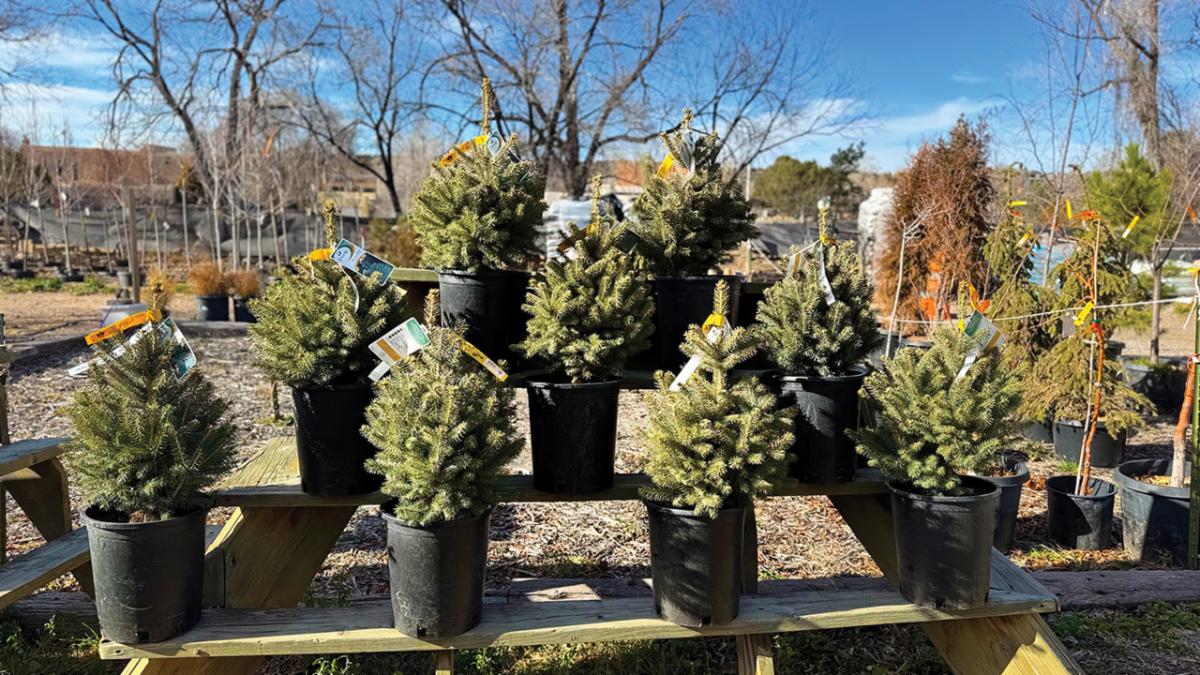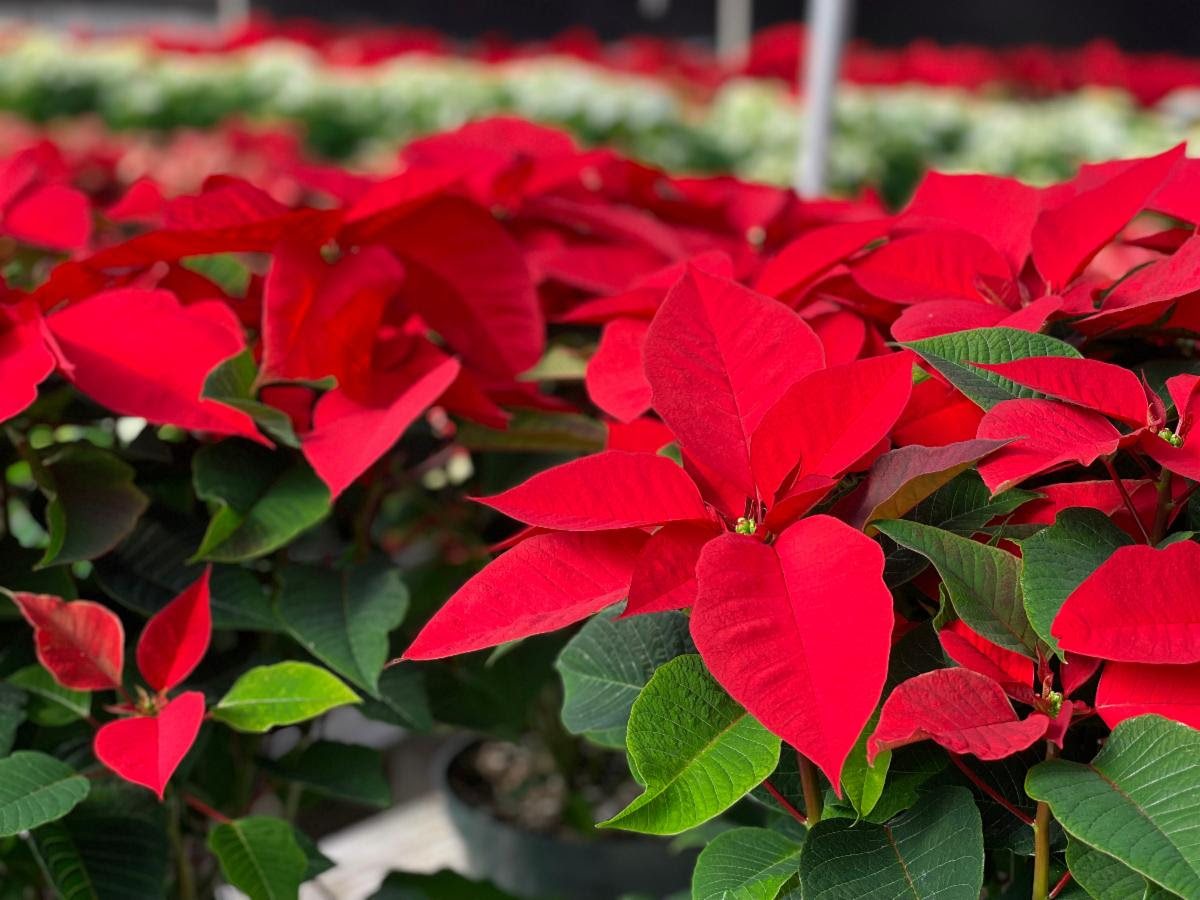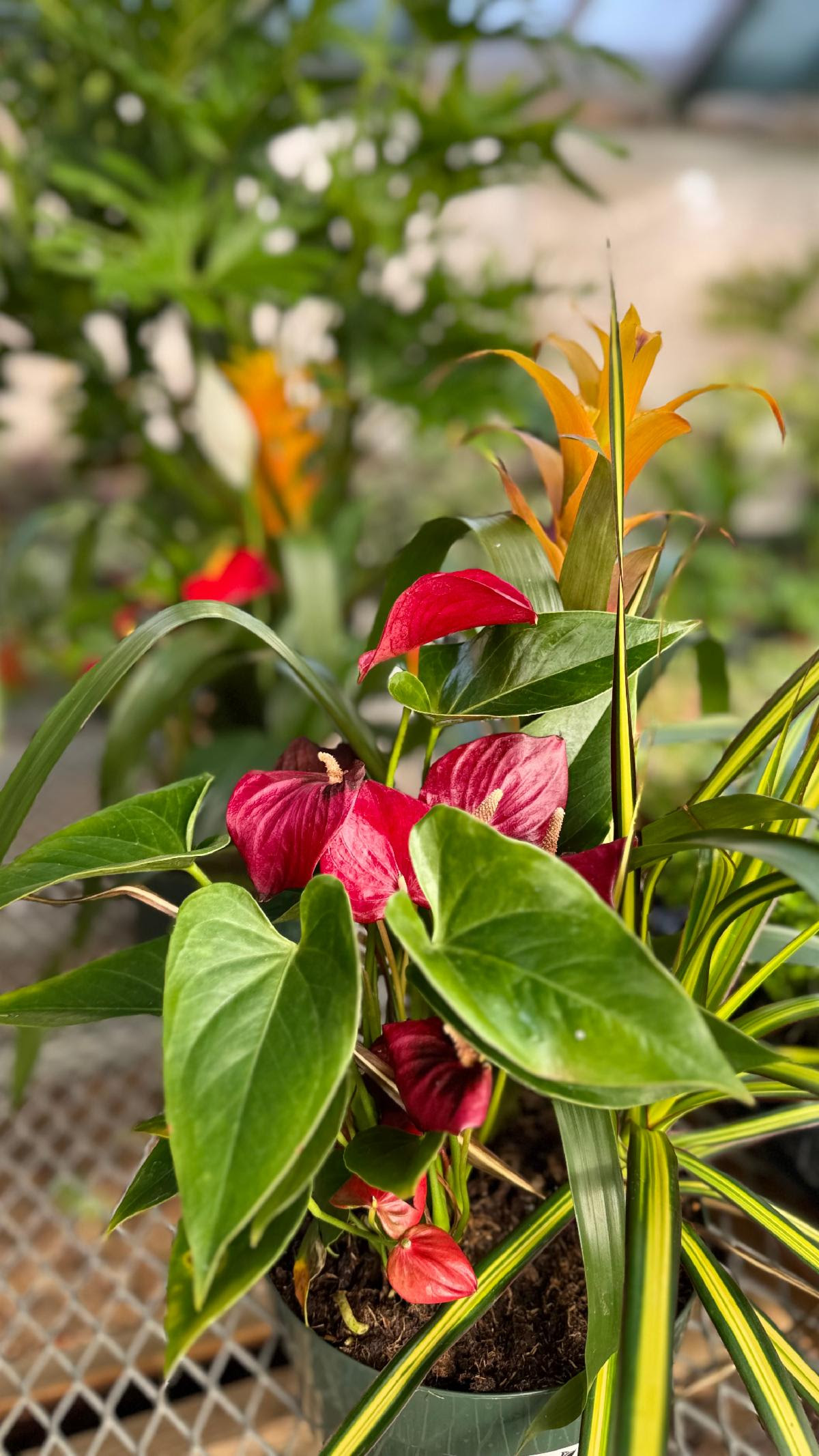
Payne’s has a wonderful collection of Holiday Décor and Great Gift Ideas!!
• Live Trees to plant after Christmas
• Holiday flowering plants such as a Christmas cactus or Orchid
Wreaths, Garlands, Greens and Swags
• A Payne’s GIFT CARD for any amount!
• Cyclamen, or a houseplant for a tropical holiday
• Create your own gift basket with a Payne’s pot filled with a variety of flower and vegetable seeds for your favorite budding gardener
• A set of gardening hand tools/gloves
• A beautiful Payne’s Bonsai for a meditative Zen holiday
• Hardy succulents that are easy to care for – perfect beginner plants

